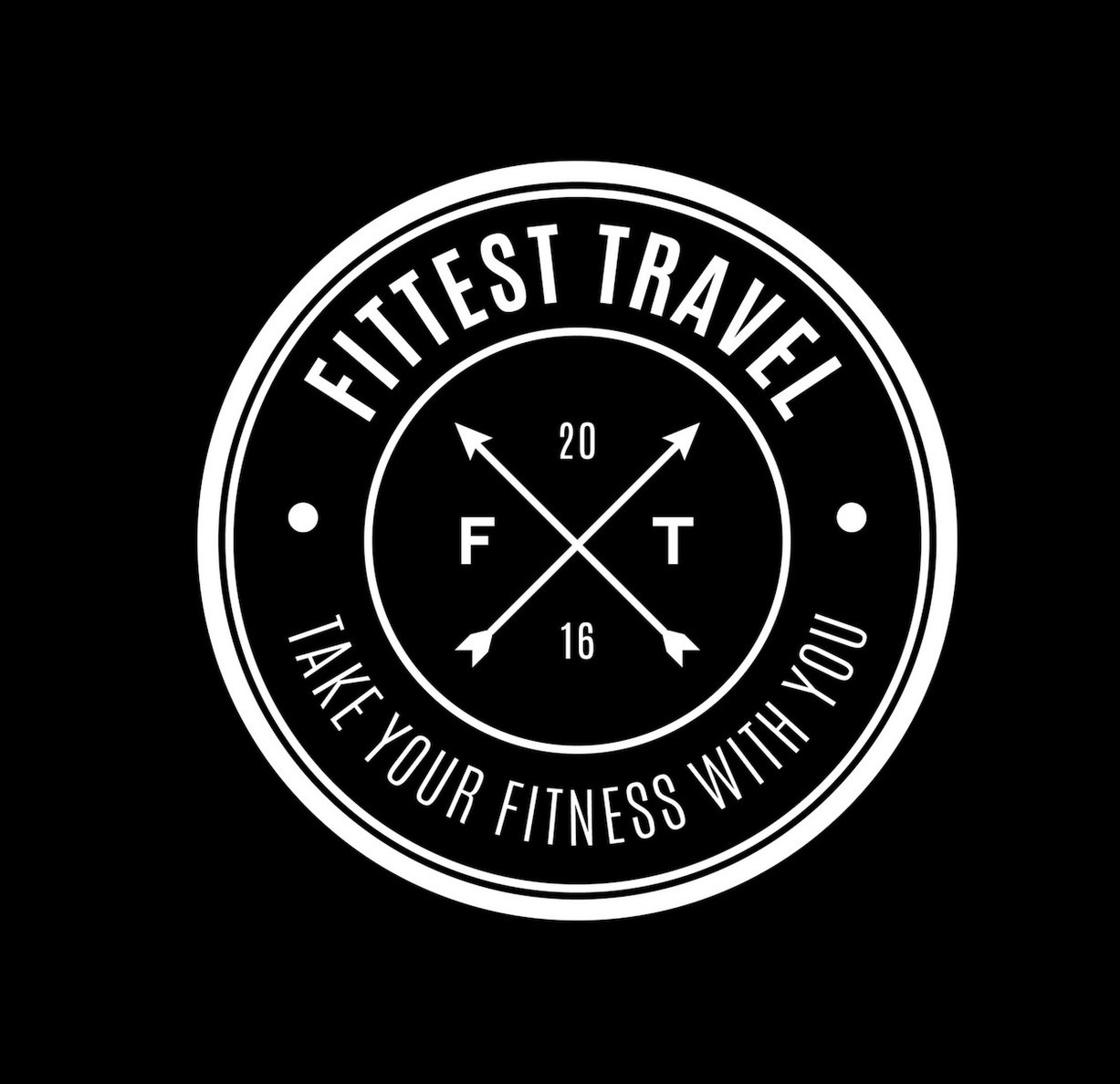10 Low-Intensity, Steady-State (LISS) Cardio Workouts
Use these LISS cardio workouts as examples of what to do to burn calories.
If you’ve ever gone for a brisk walk, you’ve done low-intensity, steady-state cardio, or LISS for short.
LISS is nothing more than aerobic activity done at a moderate pace.
The fitness industry likes to over complicate things but I’m going to keep this simple as I explain what LISS cardio is and how to do it.
Low-Intensity, Steady-State Cardio (LISS)
The acronym LISS is a new term but the concept has been around for a long time and has typically been known as steady-state training or low-intensity cardio. It’s also commonly referred to as “Zone 2 Cardio.”
It’s all the same.
Low-intensity, steady-state cardio is when you perform an aerobic activity that’s not overly strenuous for a continuous and extended period of time.
“Not overly strenuous” means your heart rate remains around 50 to 70 percent of your maximum heart rate. Put another way, you should not be out of breath or struggling to catch your breath during the exercise.
The Benefits of LISS
There are a ton of benefits to doing LISS cardio, which can be done more frequently due to the low intensity it requires and the low impact your body experiences.
These are some of the benefits of LISS:
Low-impact (great for those with injuries or joint pain)
Burns calories
Burns fat while retaining muscle mass
Improves cardiovascular health and aerobic capacity
Builds endurance
HIIT vs. LISS
High-intensity interval training (HIIT) is essentially the opposite of LISS and has its own host of benefits.
HIIT is when you go all out (high-intensity) for short bursts and rest or do low-intensity movement for short periods in between rounds (interval training).
Comparing the effectiveness of the two against each other is a pointless endeavor. Instead, understand that both are great forms of movement in their own way.
Try both and decide which one is right for you. They both work.
You can learn more about the science behind HIIT vs LISS here.
LISS Workout #1 (12-3-30 Treadmill)
The 12-3-30 workout has gone viral on Tik Tok, being viewed and shared millions of times.
The workout is simple.
Jump on a treadmill, set the incline at 12, set the speed at 3, and walk for 30 minutes.
That’s it. But prepared, it’s tougher than it sounds.
LISS Workout #2 (Treadmill)
On a treadmill, use the below settings:
Warm-Up - Walk at 2.0 - 3.0 speed for 5 minutes.
Workout - Walk at 3.0 - 4.0 speed at 2.0 - 3.0 incline for 20 minutes.
Cooldown - Walk at 2.0 - 3.0 speed for 5 minutes.
LISS Workout #3 (Elliptical)
On an elliptical, do the following:
Pedal forward at a steady pace for 10-15 minutes.
Pedal backward at a steady pace for 10-15 minutes.
LISS Workout #4 (Swimming)
Choose the swimming stroke that you’re most comfortable with and swim at a slow and steady pace continuously for at least 20 minutes.
If you need to rest, keep it as short as possible and get back to moving.
LISS Workout #5 (Biking/Cycling)
This workout can be done on a bicycle, a stationary bike, or an air bike.
Hop on the bike and ride at a steady pace for 30-90 minutes.
Your breathing should not become labored and you should not go above 50-60% of your max heart rate.
LISS Workout #6 (Walking)
This workout is as simple as can be - just go for a walk. The key is to keep your pace relatively easy and do so for an extended period of time.
Walk at a steady pace for a minimum of 30 minutes.
You can choose hiking trails or a place with changes in elevation to add more difficulty to your walk.
LISS Workout #7 (Running/Jogging)
On a treadmill or outdoors, run at a slow and steady pace for 20-30 minutes or for 1-3 miles, depending on your ability.
For most people, the treadmill speed setting will fall between 4.0 and 5.5 to keep a steady pace that is not too intensive.
For running outdoors, your pace can be dictated by the difficulty - your breathing should not be labored. Put another way, you should be able to carry on a conversation with a running partner throughout the run.
Note: while most LISS workouts are low impact, running (even at a slow pace) adds significant impact to your lower body.
LISS Workout #8 (25-7-2 StairMaster)
The 25-7-2 StairMaster workout is another one that’s gone viral on Tik Tok.
Set the StairMaster level at 7, step for 25 minutes, and do this twice a week.
LISS Workout #9 (Rowing)
For this rowing workout, jump on a rowing machine (ex. Concept2 rower or LIT Strength Machine) and row continuously for 20-30 minutes.
Aim for 20-24 strokes per minute and keep your heart rate down.
Photo from GoRuck.
LISS Workout #10 (Rucking/Hiking)
Rucking is walking for a certain distance with a weighted pack on your back.
You can use a backpack or a rucksack and make it weigh as heavy as you’d like. A good range for weight is between 10 and 35 pounds, depending on your ability.
Carrying the backpack or rucksack on your back, you’re going to go for a walk at a brisk pace.
Set a distance goal prior to stepping off - a good idea is to start with a manageable distance and gradually increase the distance from week to week.
Here’s a good rucking workout to start with:
Walk 3 miles with a 25-pound rucksack in 45 minutes or less.
Repeat the ruck march the next week but add distance or weight.








